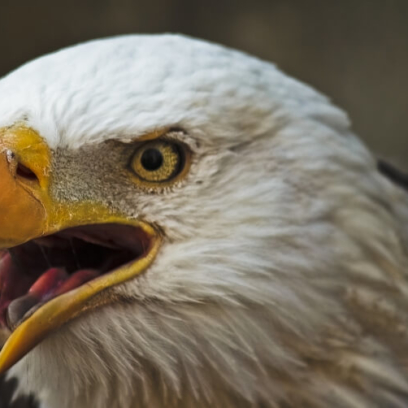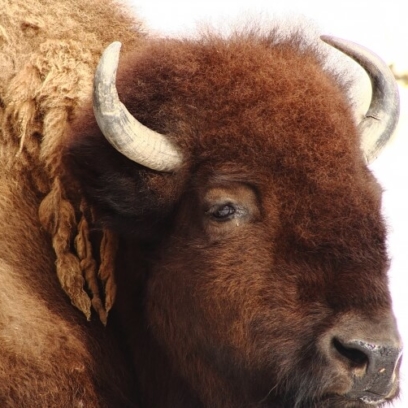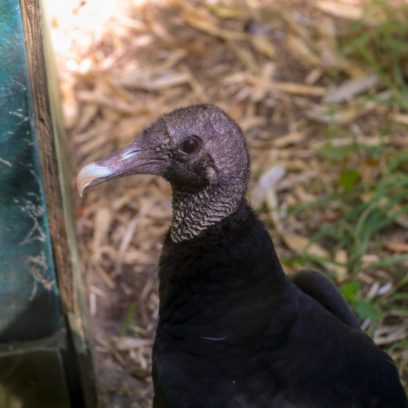Red Wolf
Canis rufusIsn’t it Wild? Red wolves were hunted to the brink of extinction; in 1980 fewer than 20 wolves were selected by the U.S. Fish and Wildlife Service to be bred in captivity. By 1987, enough wolves had been bred to begin a reintroduction program. Today 15-20 red wolves call northeastern North Carolina home. This is the world’s only wild population of red wolves.
There’s More to the Story Roger Williams Park Zoo is home to many animals that are on the critically endangered and endangered species list including two red wolves, female Saluda and male Frye. The critically endangered red wolf is a smaller, thinner cousin of the gray wolf, and is reddish in color on the head, ears, and legs, and a light tan to black on other parts of the body. This wolf originally inhabited much of the United States. Now confined to North Carolina, this animal has lost more of its historical territory—99.7 percent—than any other large carnivore, including lions, tigers and snow leopards. Three main issues threaten the future of this species: loss of habitat, hunting, and red wolves mating with coyotes. As early as 1967, the red wolf appeared on the endangered species list. Now it is close to extinction due to aggressive predator-control programs, habitat destruction, and extensive hybridization with coyotes.
Although there are fewer than 20 individuals left living in the wild today, there are over 200 in captive breeding programs across the country. Numerous American zoos working with the Association of Zoos and Aquarium’s SAFE program began to breed the red wolf to save the populations.
SAFE, Saving Animals From Extinction, focuses the collective expertise within accredited zoos and aquariums and leverages their massive audiences to save species. Some species exist only because of the efforts of aquariums and zoos.
Details
Height: 2 ft.
Weight: Male: 60 – 80 lbs; Female 40 – 60 lbs.
canine feed, which is a high protein dried food
originally roamed from Pennsylvania to Texas. Now they can only be found in the coastal prairie and marsh areas of northeastern North Carolina
Endangered
Wild Woodlands
Exhibit information
Discover the amazing creatures that call North America home! Watch the bison graze, the pronghorn demonstrate their speed, and the wild turkey show off his courtship displays! You can even spy the only two venomous snakes in New England–the northern copperhead and timber rattlesnake, and learn about their crucial role in the ecosystem. Most of the species within the North American section are great conservation success stories, including the shy red wolf.
Red wolves were listed as Extinct in the Wild by 1980. Through the collaboration of the US Fish & Wildlife Service and the Associations of Zoos and Aquariums’ (AZA) Red Wolf Species Survival Plan (SSP), the last 14 remaining wild red wolves were brought into zoos to establish a captive breeding program with the primary objective of forming the foundation of a wild population through reintroduction back to the wild. Even though breeding is a main component, our red wolves also help educate the public on the plight of their wild counterparts.
Thanks to the collaborative efforts of these partner facilities across the United States, the captive red wolf population has once again risen steadily to nearly 250 wolves! Learn all about how these animals have been saved from extinction.




